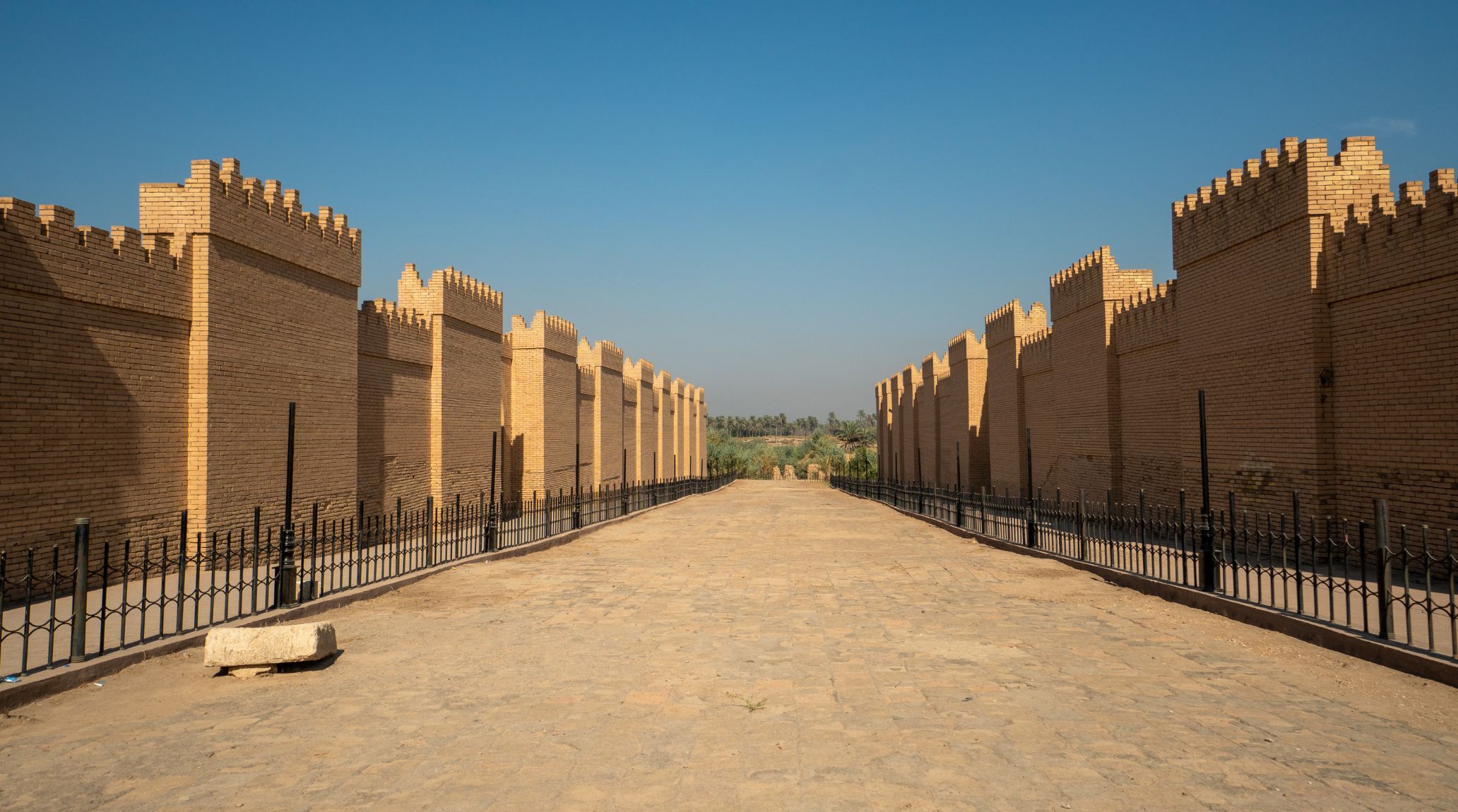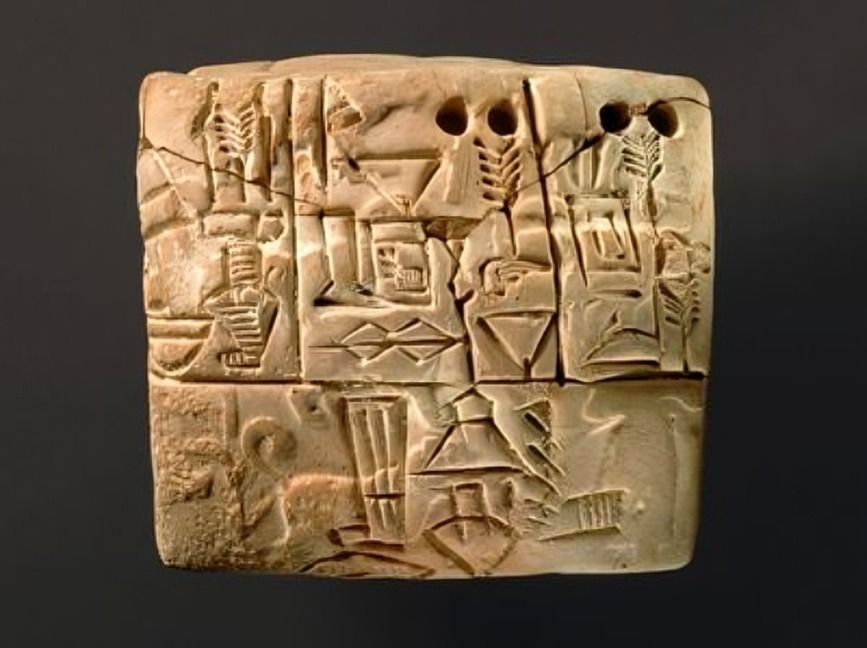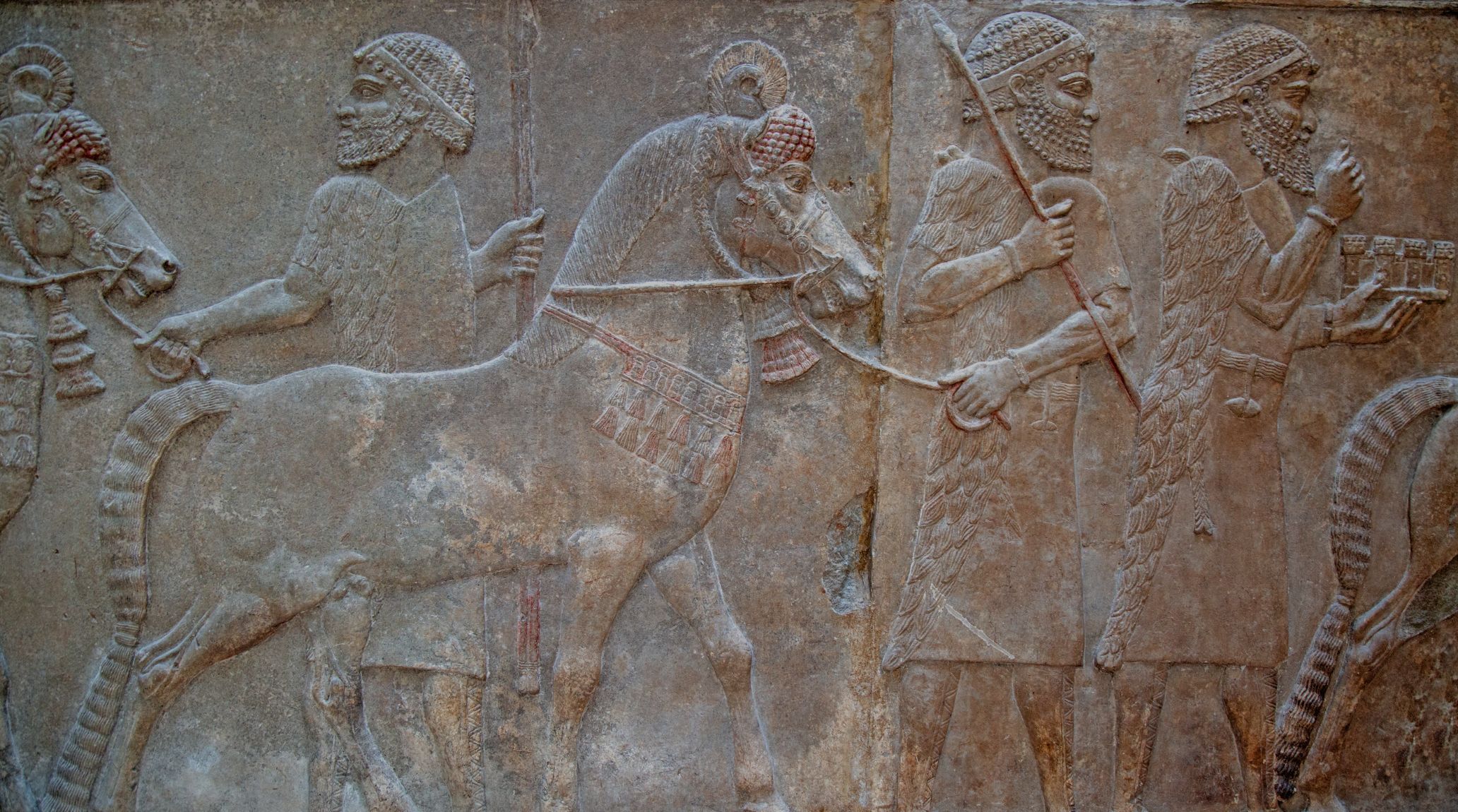
“
Babylon, a city of profound historical significance, continues to captivate our imagination with its ancient splendor. In this blog, we explore 20 interesting facts about Babylon, revealing its architectural marvels, cultural achievements, and pivotal role in ancient history. From the legendary Hanging Gardens to its influence on early civilization, Babylon's legacy is rich and multifaceted. Join us as we delve into the fascinating details of this iconic city and uncover how its innovations and cultural contributions have shaped our understanding of the ancient world.1
1
”
Founded over 4,000 years ago and thriving under King Hammurabi in the 18th century BCE, Babylon was a powerful city between the Euphrates and Tigris, dominating Mesopotamia culturally, politically, and economically.1
Babylon is home to one of the earliest known legal codes, the Code of Hammurabi. Written around 1754 BCE, it featured 282 laws and established the idea of justice based on “an eye for an eye.”2
One of the Seven Wonders of the Ancient World, the Hanging Gardens are thought to have been an astonishing feat of engineering, with lush terraces and exotic plants. However, their actual existence remains debated among historians.3

The Bible's Tower of Babel is believed to have been inspired by the ziggurat Etemenanki in Babylon. This immense stepped tower was dedicated to Marduk, the city's patron god, and symbolized Babylon's architectural grandeur.
The Ishtar Gate, adorned with blue-glazed bricks and images of dragons and bulls, was one of Babylon's most iconic landmarks. It was the entrance to the city and reflected Babylon's architectural sophistication and artistic skill.4
Babylon was a hub for early astronomy and astrology. The Babylonians created a 12-month lunar calendar and were pioneers in observing planetary movements, laying the foundation for modern astrology.5
Marduk was the chief deity of Babylon, with his temple, Esagila, being the spiritual heart of the city. Babylonian religion played a major role in daily life, with temples dedicated to various gods and elaborate religious festivals.6
Babylon's strategic location between the Tigris and Euphrates rivers made it a significant trade hub. It connected Mesopotamia with regions as far as Egypt, India, and the Mediterranean, making it a center for commerce and cultural exchange.7
The Babylonians were experts in water management, utilizing an extensive network of canals and irrigation systems to control the flow of the Euphrates River. This helped them ensure agricultural prosperity and maintain the city's vast food supply.8
Babylonian scholars contributed significantly to mathematics. They used a base-60 (sexagesimal) system, which is the foundation for modern concepts of time (60 seconds in a minute, 60 minutes in an hour) and angles (360 degrees in a circle).9
Babylon was famous for its ziggurats—massive terraced pyramid structures used for religious worship. These towering structures symbolized the link between heaven and earth and were a testament to Babylon's architectural achievements.10
Despite its grandeur, Babylon fell to the Persian King Cyrus the Great in 539 BCE. Cyrus's conquest marked the end of Babylon's independence, though the city remained an important center under Persian rule.11

The Babylonians wrote in cuneiform, one of the earliest writing systems in history. Their language, Akkadian, was used for legal documents, literature, and religious texts, influencing neighboring cultures for centuries.
The Babylonians are credited with creating the world’s first known map, the Babylonian Map of the World, etched into a clay tablet. It illustrates Babylon at the center, surrounded by other regions and rivers.12
Babylonian scholars made significant advances in medicine, developing treatments for various ailments and diseases. They used herbs, surgery, and spiritual rituals, and their medical texts influenced Greek and later Roman practices.13
Babylonian astronomers were pioneers in observing celestial movements, including eclipses and planetary orbits. Their work laid the foundation for modern timekeeping, as they introduced the concept of dividing the day into 24 hours.14
The walls of Babylon were legendary for their size and strength. According to ancient historians, they were wide enough for chariots to ride on top of them, and they helped protect the city from invasions for centuries.15
Compared to other ancient civilizations, Babylonian women enjoyed some legal rights, such as owning property and conducting business. This level of autonomy made Babylon relatively progressive for its time.16
In 2019, Babylon was designated a UNESCO World Heritage Site. This recognition highlights the city's cultural and historical significance, ensuring its preservation for future generations to appreciate its role in human civilization.17
Babylon was renowned for its opulence. Its streets were lined with temples, palaces, and luxurious homes. The wealth generated from trade and agriculture made it one of the richest cities in the ancient world.18


